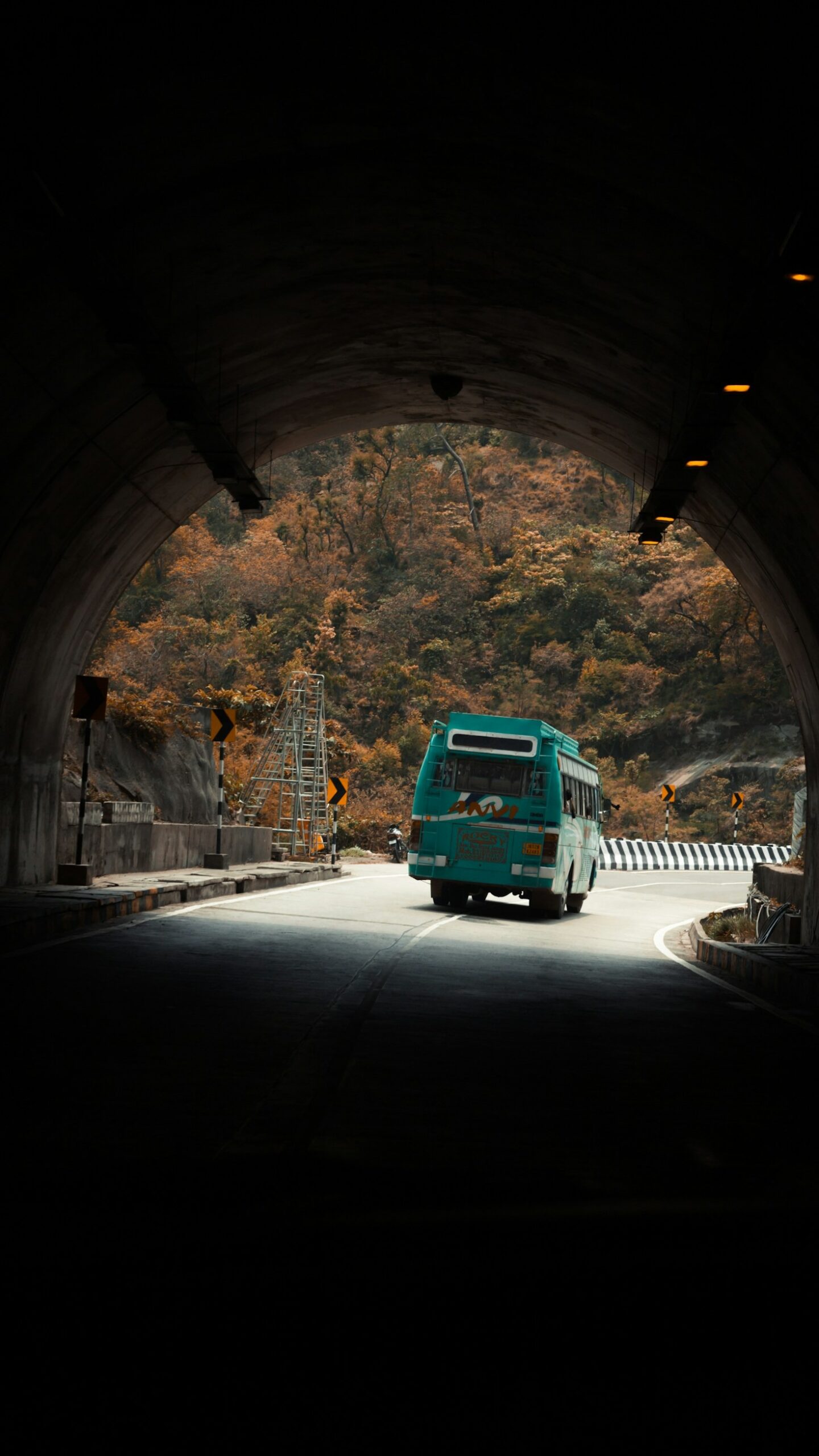This is a hero title that welcomes readers to our blog.
This section highlights the purpose of the blog, offering engaging stories, expert opinions, and valuable insights for readers to learn and grow.

The Sundarbans, the world’s largest mangrove forest and a UNESCO World Heritage Site, span the southern regions of Bangladesh and India. This captivating system of islands, tidal waterways, and thick mangrove forests provides a singular fusion of culture, adventure, and nature. The Sundarbans is a must-visit location for tourists looking for unique experiences because it is home to the elusive Royal Bengal Tiger, a variety of wildlife, and local communities with rich customs.
The Sundarbans’ Distinct Ecosystem
Over 10,000 square kilometers of mudflats, tidal rivers, and mangrove forests make up the Sundarbans. This ecosystem is essential for defending Bangladesh’s coastline against tidal surges and storms. In addition to filtering salty seawater, mangrove roots offer a home for a variety of fish and animals. For species that have adapted to live in this harsh environment, its muddy creeks and thick foliage provide a natural haven.
Wonders of Wildlife: Not Just Tigers
Although the most well-known resident of the Sundarbans is the Royal Bengal Tiger, there is a lot more wildlife in the forest. Spotted deer, wild boars, fishing cats, crocodiles, and an astounding variety of bird species—more than 260 in total, including kingfishers, herons, and the uncommon masked finfoot—are among the animals that visitors can see. Reptiles like snakes and monitor lizards also call the forest home. The Sundarbans provide awe-inspiring views for those who enjoy wildlife and bird watching.
Mangrove King: The Royal Bengal Tiger
There are an estimated 100–120 Royal Bengal Tigers in Bangladesh alone, and the Sundarbans are their last remaining natural habitat. These tigers are renowned for being exceptional swimmers and have developed a special adaptation to the mangrove habitat. The excitement of looking for these magnificent predators gives any trip a thrilling element, even though seeing one is uncommon and takes patience.
How to Travel to the Sundarbans for Exploration
Khulna, located roughly 400 kilometers southwest of Dhaka, is the entry point to the Sundarbans from Bangladesh. Travelers enter the mangrove labyrinth from Khulna using motorized boats or traditional launches. The boat ride itself transports guests to the enigma of the forest as it winds through villages, creeks, and small waterways.
Usually lasting two to four days, tours include visits to nearby villages, bird watching, and guided jungle walks. With their expertise in local folklore and wildlife, certified guides who are acquainted with the forest guarantee safety and enhance the experience.
Ideal Time to Go
November through March are the best months to visit the Sundarbans because of the dry, milder weather. Heavy rainfall during the monsoon season (June to September) makes travel challenging and raises the possibility of flooding and diseases spread by mosquitoes.
Communities and Local Culture
In addition to being a wilderness, the Sundarbans are home to numerous fishing and honey-collecting communities. In a hazardous but respected profession, traditional honey collectors, referred to as “Mawals,” gather honey from wild bees using ancient methods. An understanding of these communities’ sustainable lifestyle and close ties to the forest can be gained by visiting them.
Activities to Do in the Sundarbans
Boat Safaris: Take in the tranquil beauty while cruising through small channels to see wildlife.
Bringing binoculars will help you see rare and migratory birds when bird watching.
Fishing: Try catching fish the old-fashioned way or join the locals.
Discover how honey is traditionally harvested through demonstrations of honey hunting.
Photography: Take beautiful pictures of the water at sunrise and sunset.
Things to Bring on Your Journey
Neutral-colored, light, and breathable apparel
Sunscreen and insect repellent
Phone and camera bags that are waterproof
Binoculars for observing wildlife
Any personal medications and a basic first aid kit
Options for Accommodation
The majority of tours include lodging on boats furnished with food, sleeping quarters, and other necessities. In Khulna and Mongla, there are also eco-lodges close to the forest borders that provide cozy accommodations while promoting environmentally friendly travel.
Sustainable Travel: Preserving the Sundarbans
Rising sea levels, human activity, and climate change all pose threats to the delicate ecosystem of the Sundarbans. Travelers are encouraged to abide by responsible tourism rules, which include not littering, showing consideration for wildlife, staying on designated routes, and contributing to local conservation initiatives.
In conclusion
The Sundarbans is a living, breathing world of natural wonders that entices tourists with its beauty and mystery. It is more than just a forest. A trip to the Sundarbans promises lifelong memories, from the excitement of seeing the Royal Bengal Tiger to the peace and quiet of floating down meandering creeks.
-
Jaflong Travel: The meeting point of Land, Stone and River
-
Saint Martin’s Island: The Coral Paradise of Bangladesh
-
The Enchanting Sundarbans: Home of the Royal Bengal Tiger
-

📞 Imperial Express Contact Numbers: Find Your Nearest Counter with Ease
-

Exploring Bangladesh in Comfort: Why Imperial Express is Your Ultimate Travel Companion
-

From Dhaka to Cox’s Bazar: The Most Relaxing Journey with Imperial Express
-

Imperial Express Routes: Connecting Every Corner of Bangladesh
-

Luxury on Wheels: What Makes Imperial Express Different from Other Bus Services in Bangladesh
-

Country From Coast to Coast in Comfort, Convenience, and Grandeur
-

Top 7 Scenic Routes in Bangladesh You Can Travel with Imperial Express
-

Planning Your Next Holiday? Explore These Destinations via Imperial Express

Leave a Reply